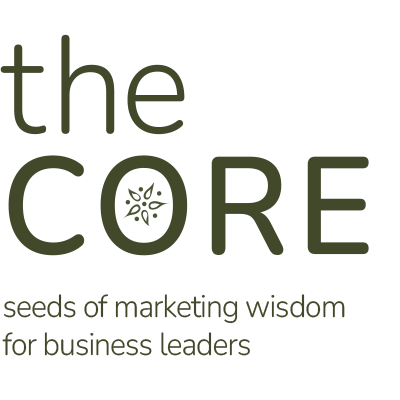One of today’s business realities is that everything is marketing. Gone are the days when marketing and sales worked in their own silo. The effectiveness of your marketing department impacts other departments. At the same time, other departments have a direct impact on areas of marketing such as brand perception or customer experience.
Over the years at Green Apple, we’ve found the connection between marketing and operations is one of the most important relationships in a business. On one hand, successful marketing should lead to more customers. More customers will naturally impact operational needs. On the other hand, many operations teams make decisions that directly impact marketing needs. Whether you’re the CEO of a company or a leader of a specific department, it’s essential to ensure both teams work together so that your company can thrive.
4 Keys to Successful Scalability with Marketing & Operations
Here are a few specific ways marketing and operations can collaborate. That way, marketing is focused on the right areas of growth, and operations have what they need to scale the business:
1. Define your ideal customer.
Operations are responsible for ensuring your company can fulfill the business it generates. Unfortunately, most marketing departments are only focused on generating leads… not how you’re going to serve them through the sales pipeline.
When marketing and operations align, marketing understands the company’s capabilities and what it takes to follow through on what’s promised. This can help significantly when it comes to defining your ideal customer for better lead generation results.
2. Align your technology and tools to optimize your processes.
Most businesses function on an array of various technology platforms and software tools. In some cases, there might be more than a dozen platforms that support your marketing, sales, and operational efforts. While it’s not essential for there to be a seamless integration between all of your tools, it’s important to make sure the core components of your marketing technology stack are aligned with operational tools.
When marketing and operations align in their technology strategy, they can run the race faster and farther for successful, scalable marketing.
3. Leverage data from both teams to make more informed decisions.
We have access to more data than ever before. Every marketing campaign provides dozens of analytics that can be measured. At the same time, the operations team has insights that can inform customer needs and marketing investment. But we all know there’s a difference between reporting on analytics and creating a data-driven culture for growing your businesses.
How can marketing and operations make sure they are collecting data in ways that can be used by everyone? Both teams need to agree on key business objectives and define which metrics are most helpful in evaluating success.
4. Create open lines of communication between both teams
Effective communication breeds collaboration. That’s why consistent and candid conversations between the marketing and operations teams are vital. It’s not enough for marketing and operations to simply meet once a year or only collaborate if there’s a PR crisis.
Instead, there needs to be a consistent feedback loop between marketing and operations. Operations can provide marketers with insight into what customers value. Marketing can inform operations about what’s being said about your business online.
Need Help Getting Marketing & Operations on the Same Page?
If there’s one thing we’ve learned over the past decade, it’s that you can’t create your marketing plan in a vacuum. As we work alongside clients to develop a marketing strategy, we’ve found that having operations in the room for important marketing discussions is key to building a plan that supports your entire business.
A rising tide should lift all boats without causing one to capsize. If you’re struggling to get marketing and operations on the same page, our team can help. Schedule a discovery call to learn more about the specific ways our team can help you design a marketing strategy that supports every area of your business.












